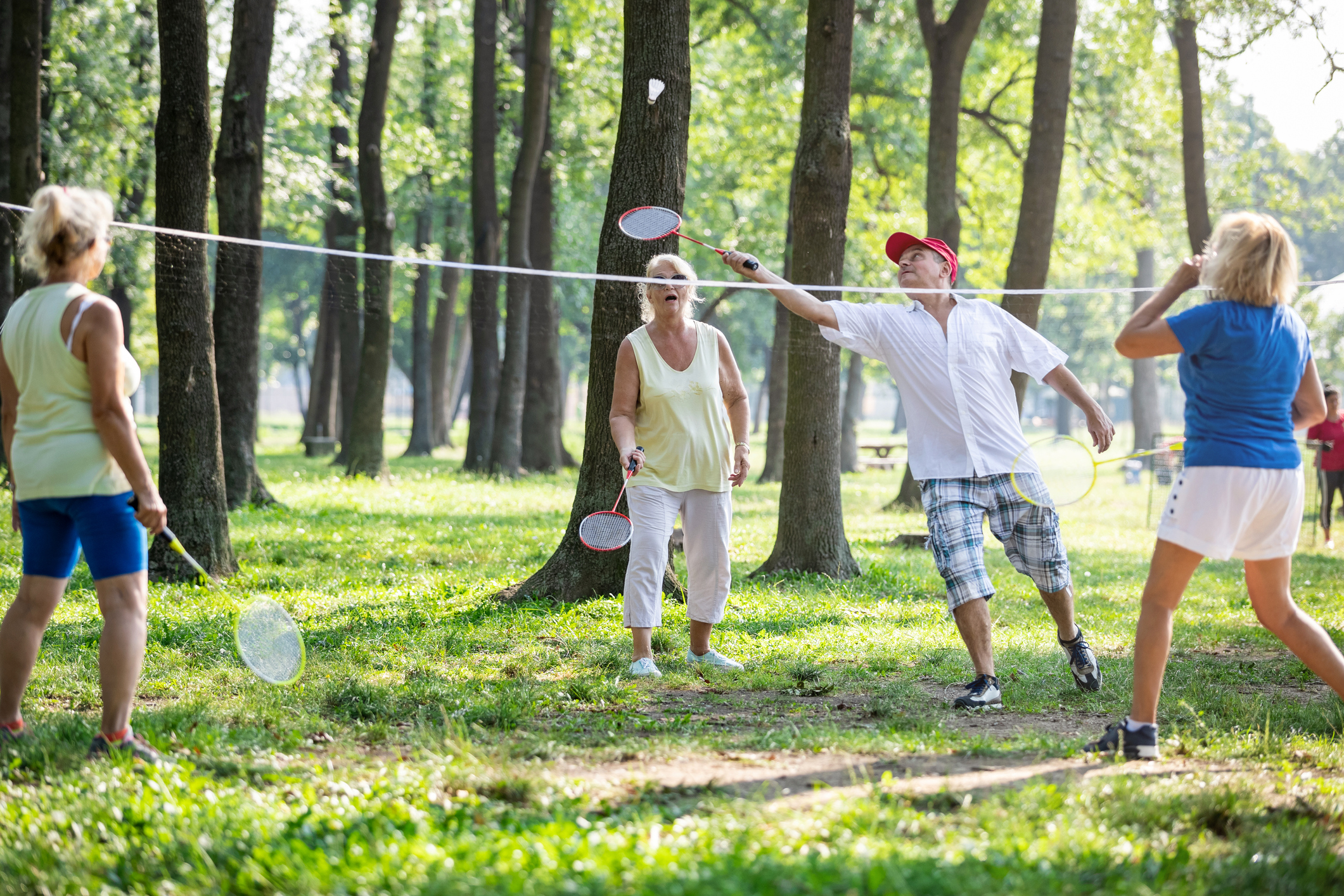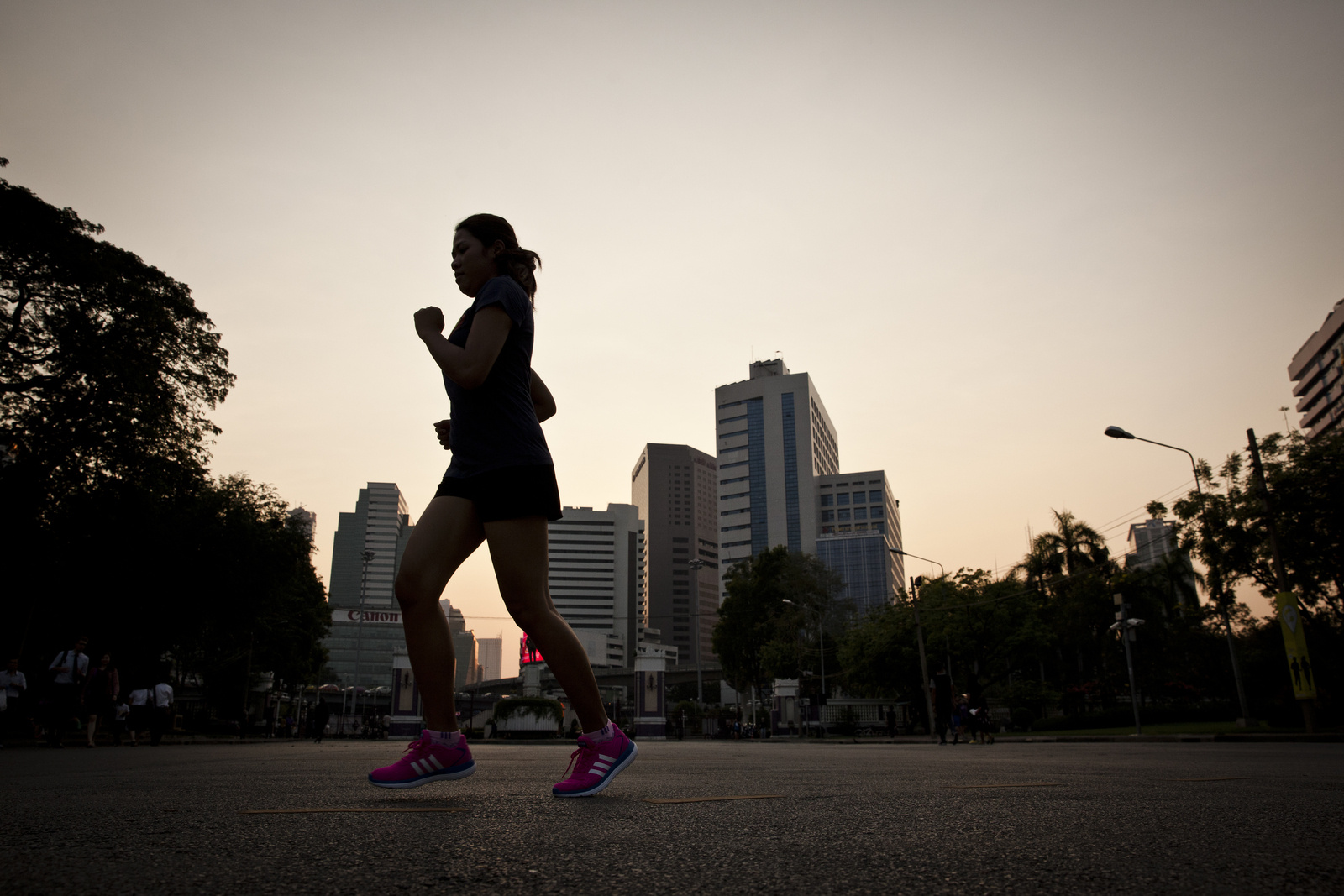Building policy to promote physical activity
WHO provides global leadership on physical activity and is responsible for developing evidence-based guidelines and recommendations on effective policy actions. WHO works with, and for, key stakeholders and WHO Member States.
The Global action plan on physical activity (GAPPA) is the global roadmap to increasing physical activity and reducing sedentary behaviours through 20 evidence-based policy actions across four areas. WHO supports implementation of policies to promote physical activity through the development of toolkits, training packages and other resources. Examples of WHO’s work to build capacity among WHO Member States and other key stakeholders for policy implementation include:
- delivering workshops to build capacity on communication campaigns for promoting physical activity or brief interventions in healthcare delivery settings;
- supporting the adaption and contextualization of the global guidelines;
- developing country-specific economic analysis to support advocacy, prioritization, and planning for investments; and
- providing technical assistance on conducting situational analysis and formulating national policy and legislation on relevant issues such as walking and cycling, sports and physical activity.
By monitoring physical activity behaviours and policy implementation, WHO tracks progress towards achieving the global target of a 15% relative reduction in insufficient physical activity.






